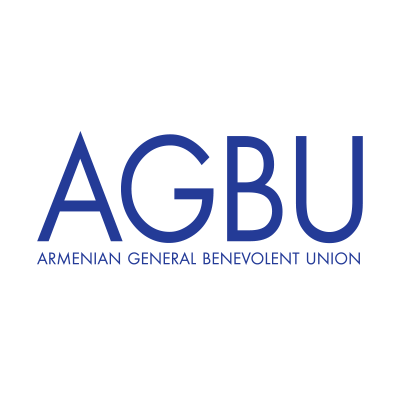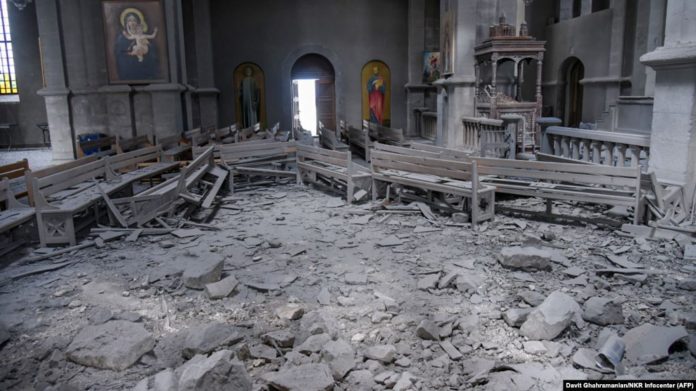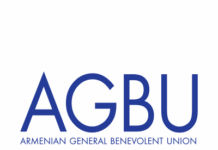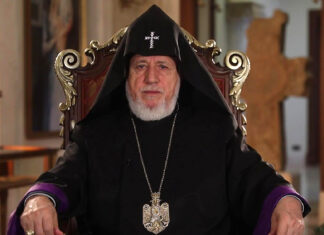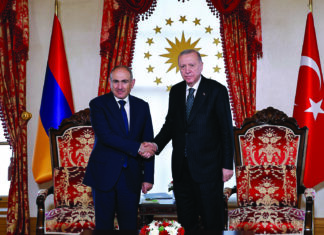By Simon Maghakyan
That is why the recent U.S. government publication of restricted cultural property imports originating in Turkey, at the latter’s request, has caused mixed reactions, including outrage. While illicit trafficking in antiquities is a grave problem, some specialists fear that Turkey might use the new agreement to further marginalize displaced Indigenous communities by reducing whatever little autonomy they have left over their vanishing heritage.
As a researcher of heritage crime and preservation politics with family roots in the Ottoman Empire’s erased Armenian and Assyrian communities, I am unconvinced that Turkey has pursued the U.S.’ import ban in good faith. Because if it genuinely cared for its vast cultural patrimony, Turkey would start this protection at home.
Since its 1923 founding as a republic on the Ottoman Empire’s ashes, Turkey has erased much of its diverse heritage. The Turkish government has deliberately destroyed, illegally confiscated, or willfully neglected the sacred sites of Indigenous communities, particularly Armenians, Assyrians and Greeks. These communities were victims of state-sponsored genocide and ethnic cleansing during and after WWI, well-documented crimes that Turkey vehemently denies. The pre-1914 number of active Ottoman Armenian churches and monasteries alone was 2,989; nearly all have since been leveled, damaged, or repurposed.
On June 16, three U.S. agencies published the “Import Restrictions Imposed on Categories of Archaeological and Ethnological Material of Turkey.” The list was based on a January 19, 2021, memorandum of understanding (MOU) signed between the U.S. and Turkey on the last full day of Donald Trump‘s presidency. The list includes “archaeological material” spanning from nearly 1.2 million years to the year 1770, and “ethnological material” ranging over the past 1,900 years, up to 1923. The U.S. has two dozen similar bilateral agreements, which are renewable every five years.
“The January 19 MOU fails to satisfy in full the four requirements stipulated under the 1983 Convention on Cultural Property Implementation Act (CPIA),” said Elizabeth Prodromou, an expert on religion and geopolitics in Turkey and a former commissioner on the U.S. Commission on International Religious Freedom. She insisted that the MOU is a violation of U.S. law.
